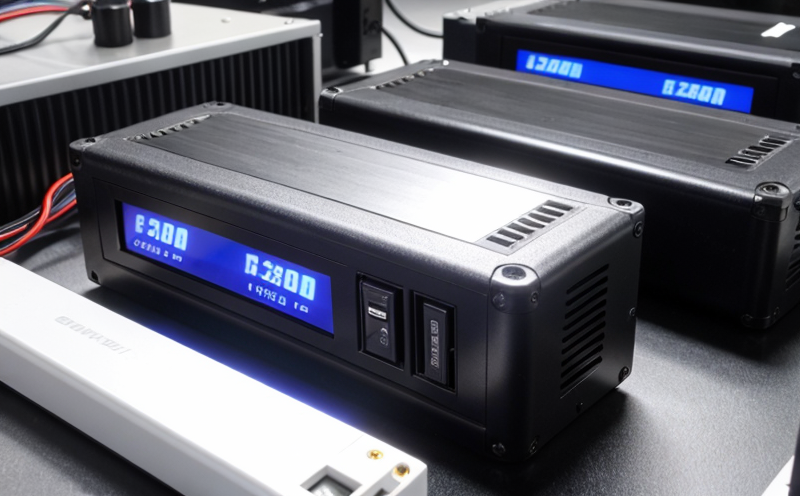IEC 61427-1 Performance Testing of Secondary Cells in Renewable Energy Storage
The IEC 61427-1 standard is a crucial document that defines the performance testing for secondary cells, which are rechargeable batteries used extensively in renewable energy storage systems. These batteries play a vital role in ensuring the reliability and safety of power generation and distribution in renewable energy applications.
IEC 61427-1 focuses on the durability and reliability of these batteries under various operating conditions typical to real-world applications, including high temperatures, low temperatures, and varying charge/discharge rates. Testing per this standard ensures that secondary cells can withstand harsh environmental conditions without compromising their performance or safety.
The testing process involves a series of comprehensive checks designed to simulate the operational stresses that the batteries will encounter in renewable energy storage systems. This includes deep discharge cycles, high-rate charge and discharge tests, and long-term stability assessments. By adhering to these stringent standards, manufacturers can ensure that their products meet or exceed the performance requirements set forth by international bodies.
The primary goal of IEC 61427-1 is to provide a uniform method for evaluating the performance characteristics of secondary cells used in renewable energy storage systems. This standard helps to establish consistency and reliability across different manufacturers, thereby fostering trust among all stakeholders involved in the industry.
Compliance with this standard not only enhances product quality but also supports regulatory compliance by ensuring that products meet relevant safety regulations and performance criteria. As the demand for clean energy solutions continues to grow, adhering to such standards becomes increasingly important for maintaining market competitiveness and meeting customer expectations.
Applied Standards
The IEC 61427-1 standard is part of a broader series of standards developed by the International Electrotechnical Commission (IEC) for secondary cells and batteries. It aligns with other relevant international standards, such as ISO/IEC standards, to ensure consistency in testing methodologies across different regions.
Scope and Methodology
| Test Parameter | Description |
|---|---|
| Deep Discharge Cycles | The battery undergoes multiple deep discharge and recharge cycles to assess its capacity retention over time. |
| High-Rate Charge/Discharge | Tests the battery’s performance at high current rates, simulating fast-charging scenarios in renewable energy systems. |
| Temperature Cycling | The battery is subjected to repeated temperature changes between extreme cold and hot conditions to evaluate its stability. |
The methodology outlined in IEC 61427-1 specifies detailed procedures for conducting these tests, including the environmental chambers used to control temperature and humidity levels. Precise monitoring of parameters like voltage, current, internal resistance, and state-of-charge is crucial throughout each test.
Upon completion of all specified tests, acceptance criteria are applied to determine whether the battery meets the required performance standards. These criteria ensure that only batteries meeting these stringent requirements pass inspection.
Benefits
- Enhances product reliability and longevity in harsh environments.
- Ensures compliance with international safety regulations.
- Improves brand reputation through consistent quality assurance.
- Aids in regulatory approval processes for new products.
Battery manufacturers can benefit greatly from complying with IEC 61427-1, as it provides a framework for producing high-quality, reliable batteries that are essential components of modern renewable energy storage systems. By adhering to these standards, companies demonstrate their commitment to maintaining the highest level of performance and safety.





